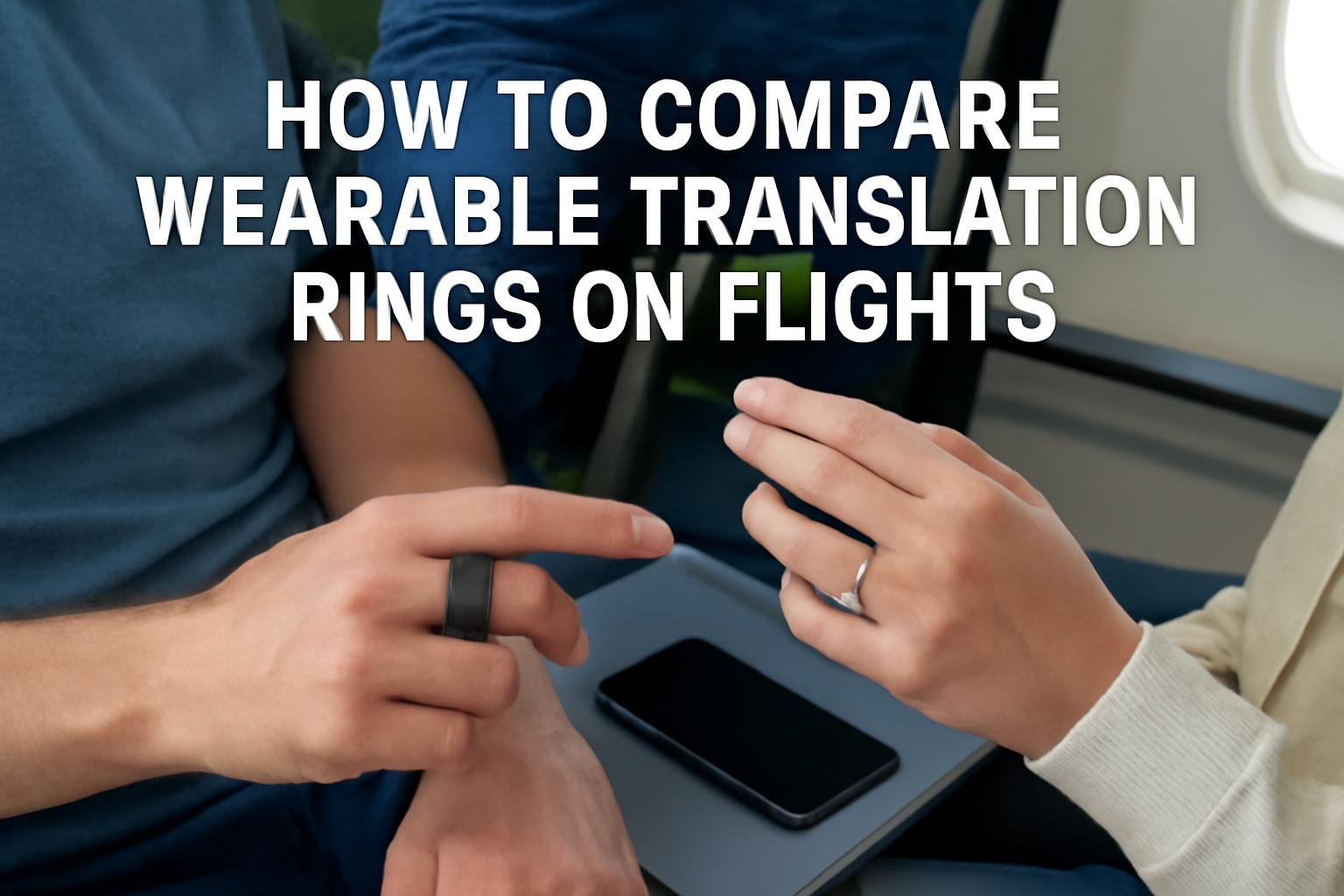In the travel tablets daylight readability is of importance
During traveling, usually, tablets are used under the bright conditions – on the streets, beaches, parks, etc. – namely, in the airports. The daylight readability becomes a major attribute in having an uninterrupted user experience. E-Ink technology provides paper-like effect that can be read outside in the full sunlight. In contrast, the traditional LCD or OLED screens typically fail in the condition of direct sunlight. Design evaluation of this feature involves paying attention to the actual testing of the product and practical usability in different lighting conditions.
Knowledge of E-Ink Screen Type and the Generation
E-Ink screens exist in different generations, namely Carta, Kaleido, and Gallery among others. Carta displays are associated with high text contrast and little glare improving on readability on daylight. Newer color E-Ink screens can bring functionality, but in some cases, may result in reduced contrast in bright light. When checking, keep tabs with the particular E-Ink generation and benchmark it to competitor products when it comes to brightness management as well as display clarity.
When performing the lens test during the day, set the screen in the natural sunlight
The best manner in which one can evaluate daylight readability is by means of practical use. Remove the tablet to outside where the sun is at its brightest and read the screen and see how clear it is. Change the angle of the tablet and observe the way it reacts to direct and indirect sunlight. If the screen is sharp and readable even if you do need to squint at it or shade the screen with your hand in daylight, the screen passes the daylight readability test.
Evaluate Contrast and Font Sharpness
High contrast and strong font are musts for reading clarity. A deep blacks and clean whites E-Ink tablet will do better as compared to under daylight conditions. See if the text is still readable either if small or font rendering is blurred when placed in a bright environment. Low contrast tablets usually have issues with visibility in sunlit areas and cannot provide a satisfying reading experience.
Demanstrate Anti-Glare Capabilities of the Screen.
Not all E-Ink tablets have anti-glare treatments to reduce reflections. Such coatings can improve the daylight readability by reducing strain on the eyes and glare considerably. During the inspection, note how the screen works under various angles. The excessive glare may be a sign that the coating does not work or is not there and that could be a disadvantage for the readers who are not indoors.
Check the Brightness Control and Lighting Characteristics.
E-Ink tablets are not backlit per se; however, many have front lighting to improve visibility. It is important to test if this lighting is of any use in bright environment or washes out text. An excellent E-Ink travel tablet should maintain the balance of lighting both in dim and bright light while still being readable.
Perform Various Activities in the Sun with the help of Tablet
Reading eBooks, going through PDFs, or looking at maps should be included in the test. There are different visual demands associated with the various tasks. For example, maps might call for sharper graphics where as eBooks will need high contrast. A complete review explains how well the screen performs in these activities without requiring users to go look for shade or make the font sizes bigger.
Compare With Competing Devices
For comparison, compare the tablet to other E-Ink models and even the ones of a traditional design. When an E-Ink tablet does much better than LCD screens in the same lighting scenario, there is a clear advantage. Call out any competitive edge the tablet enjoys like that of faster refresh rates and adaptive front illumination.
Monitor Battery Impacts on Day Light Use
There should be no compromise in the daylight readability aspect at a price of battery life. Guarantee that the device is power efficient even as it is operated in outdoor brightly-lit places. If the use of front-light or other settings drains down the battery life away leaving it exposed to daylight, then the e-ink screens should be considered.
Conclusion
To comprehensively test E-Ink travel tablets for readability during the day, you need to examine in real life sunlight performance of the product; test their screen contrast; their glare resistance and lighting balance. The best devices will ensure that there are clear and focused displays without sacrificing the battery life or asking the user to make changes. A comprehensive experience in outdoor usage is the final test for the readability of the screen from the sun.






Yo, just tried out 88vinlink. It’s got a certain charm to it. Kinda like grabbing a snag at the local footy ground. Check it out for yourself: 88vinlink